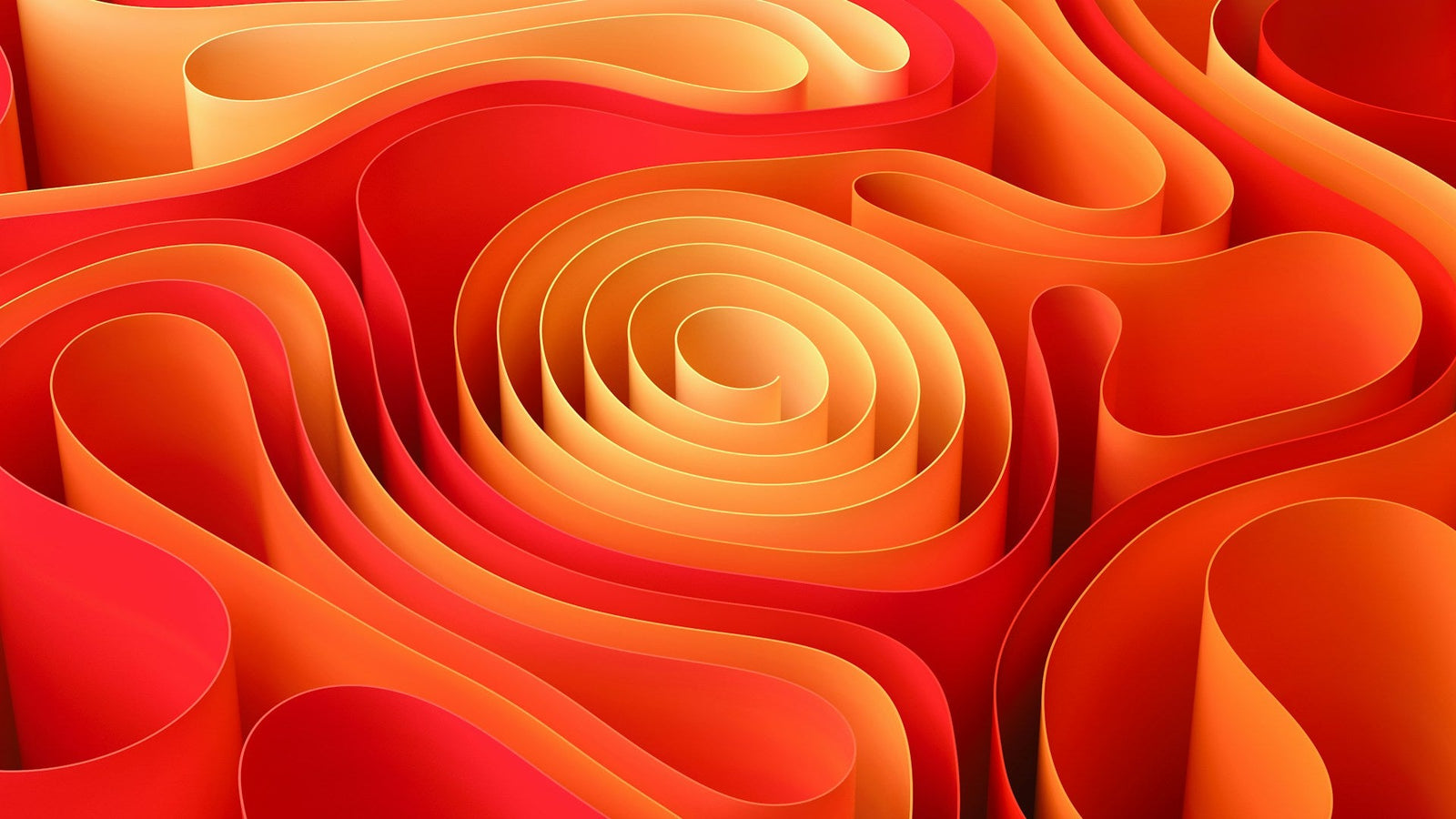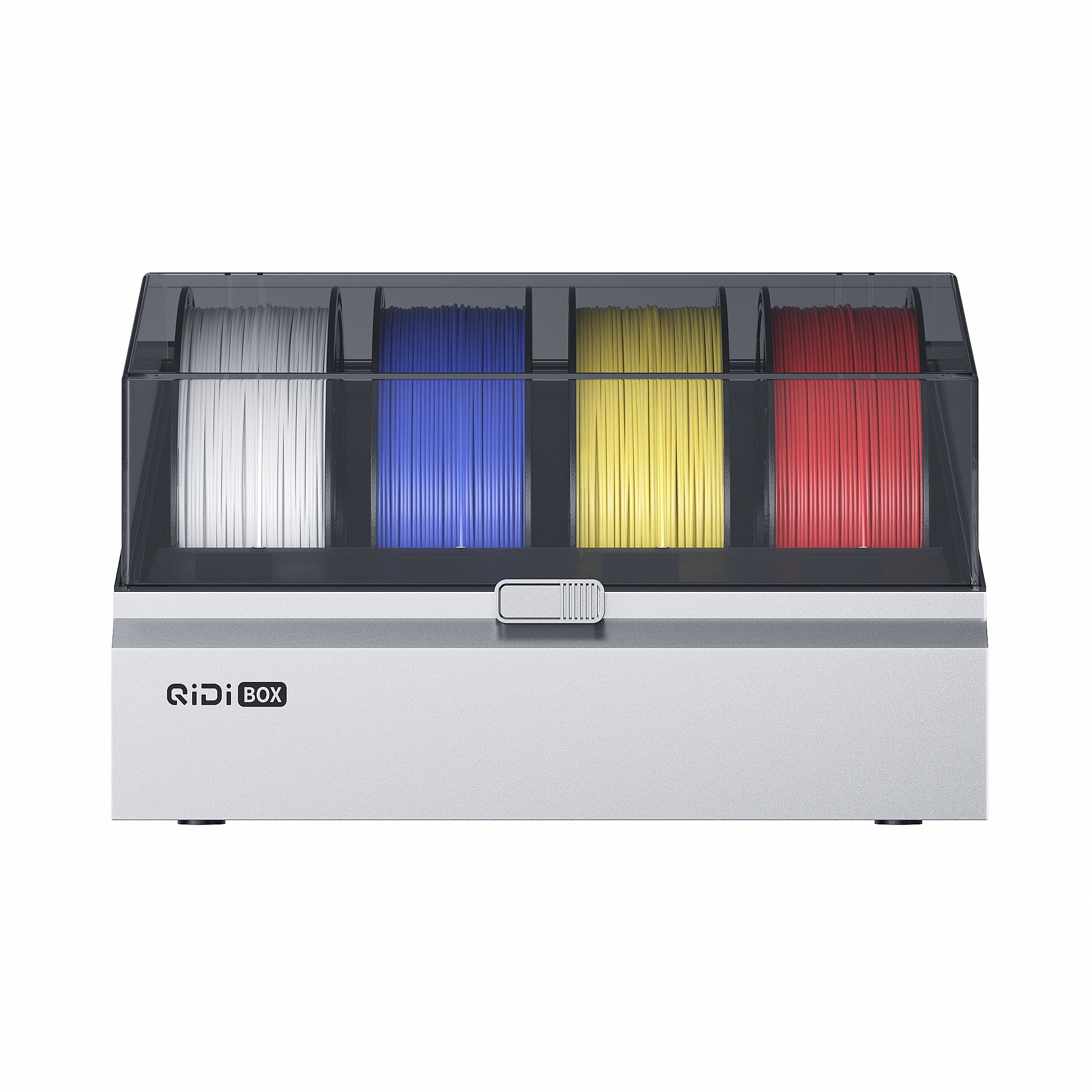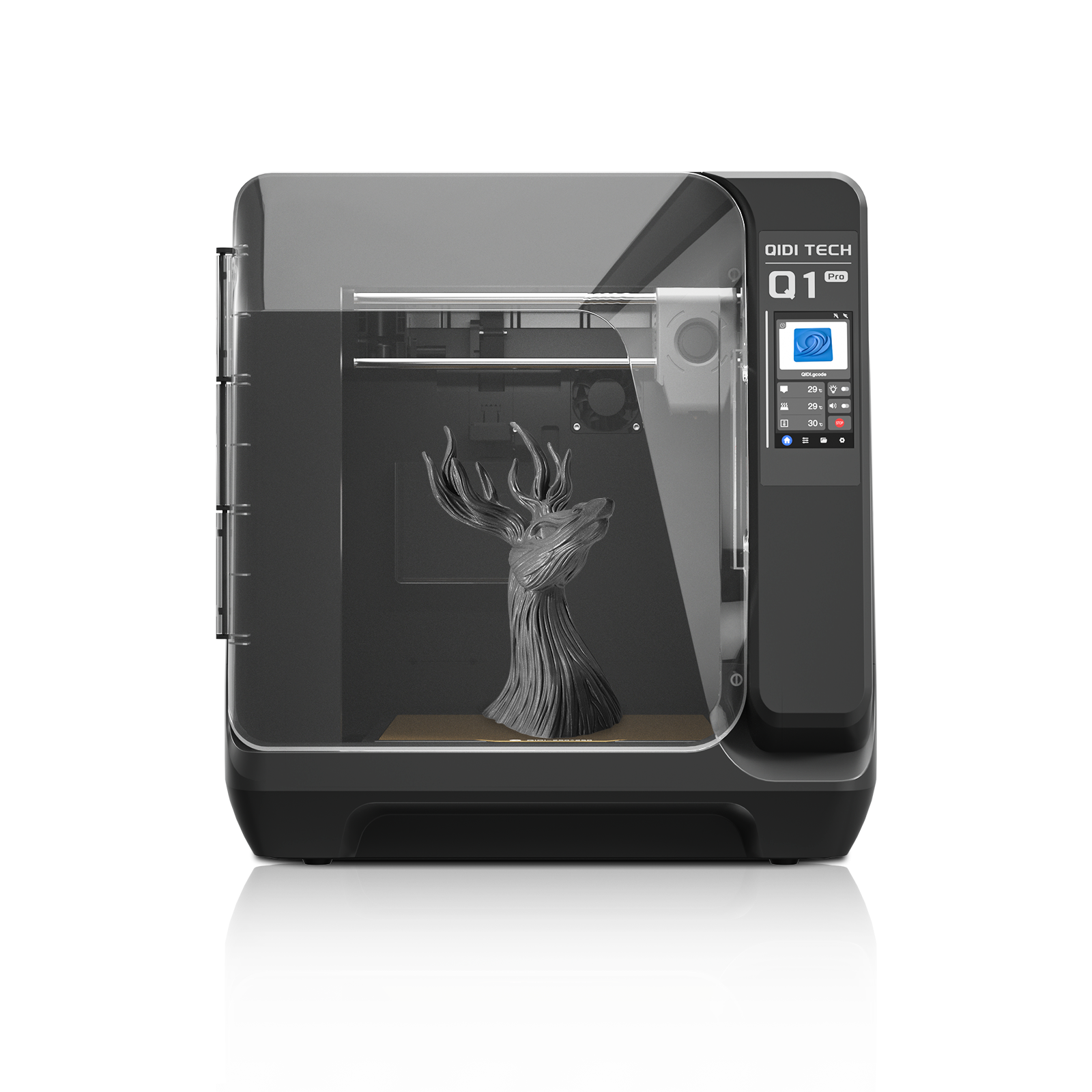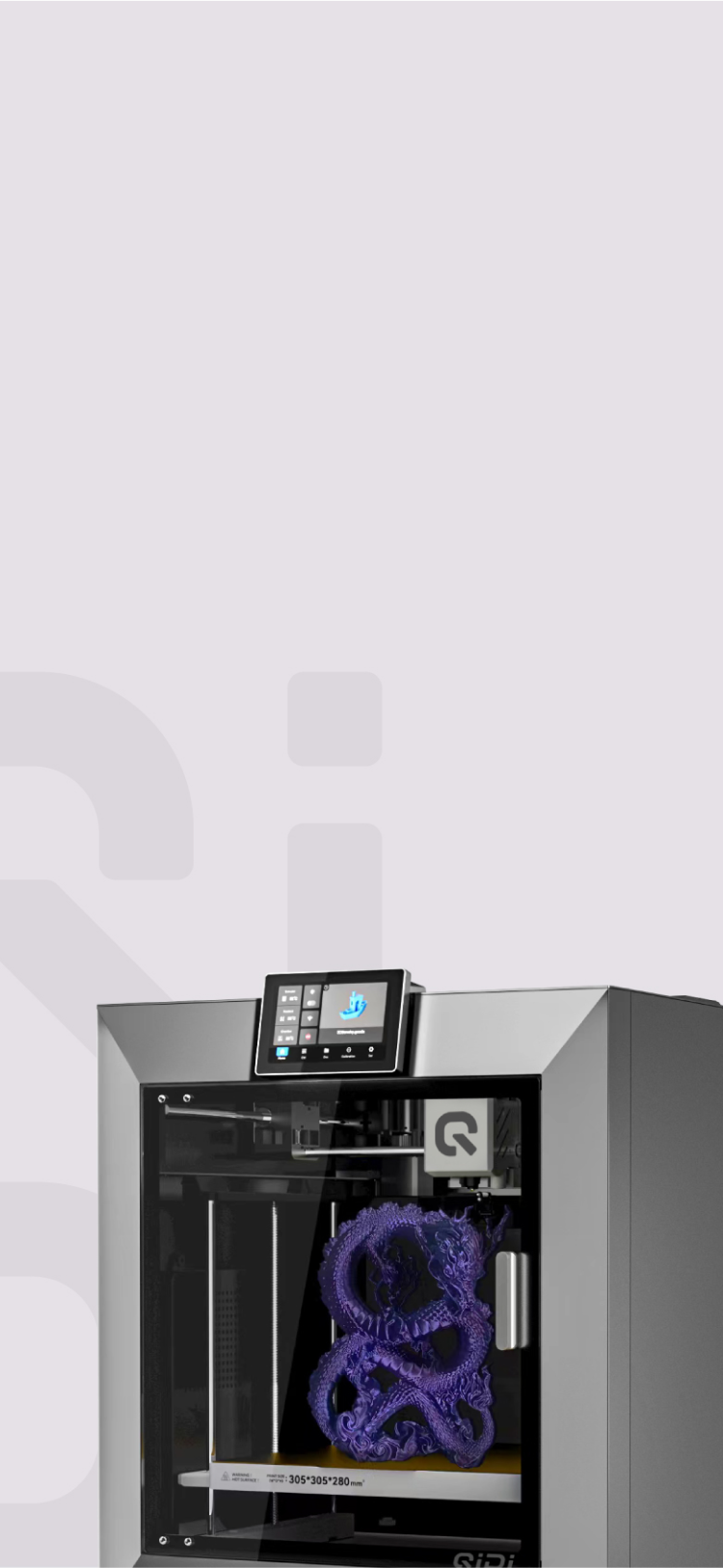The Main Types of 3D Printing Technology


3D printing has impacted many industries, enabling things like creating prototypes, customized products, and even complex medical implants. While there are several 3D printing methods out there, each with its own strengths and ideal uses, it's important to understand the main types. This article will explore the fundamentals, applications, pros and cons of the most common 3D printing technologies. These include Fused Deposition Modeling (FDM), Stereolithography (SLA), Digital Light Processing (DLP), Selective Laser Sintering (SLS), Material Jetting, Drop on Demand, Sand Binder Jetting, Metal Binder Jetting, Direct Metal Laser Sintering (DMLS), Selective Laser Melting (SLM), and Electron Beam Melting (EBM). By understanding these methods, you can choose the right 3D printing approach for your needs.
A Brief Comparison Sheet:
| Technology | Materials Used | Applications | Advantages | Disadvantages |
|---|---|---|---|---|
| FDM | Plastics | Prototypes, models | Cheap, simple | Lower quality |
| SLA | Resins | Smooth prototypes | Great details | More expensive |
| SLS | Polymer powders | Functional parts | Strong, durable parts | Expensive |
| Material Jetting | Photopolymers | Multi-material/color parts | Great details, multiple materials | Limited materials |
| DOD | Photopolymers, wax | Models, prototypes | Multi-material ability | Slower speed |
| Binder Jetting (Sand) | Sand, binder | Metal casting molds | Complex designs | Limited applications |
| Binder Jetting (Metal) | Metal powder, binder | Metal parts | Design flexibility | Post-processing required |
| DMLS | Metal powders | Functional metal parts | High strength, complex geometries | Expensive, limited materials |
| EBM | Metal powders | High-performance components | Superior strength | Very expensive |
| DLP | Resins | Smooth prototypes | High precision | Limited materials, expensive |
Fused Deposition Modeling (FDM)
How FDM 3D Printing Works
FDM is one of the most popular and accessible 3D printing technologies. The process works by feeding a solid plastic filament through a heated nozzle. The nozzle melts the plastic and deposits it layer-by-layer onto a build plate to create the 3D object based on the digital design.
Common Applications
FDM/FFF is widely used for prototyping, product development, manufacturing tools and fixtures, as well as creating concept models, art projects, and hobby items. It can utilize a range of thermoplastic materials like PLA, ABS, PETG, and specialty filaments.
Advantages
- Affordable entry cost for desktop 3D printers
- Wide material choice for different applications
- Relatively simple and safe process
Disadvantages
- Lower resolution and surface quality compared to some other methods
- Visible layer lines on prints
- Potential issues like warping and stringing
Overall, FDM/FFF strikes a good balance between cost, ease of use, and versatility for many applications, making it a popular choice in 3D printing.

Stereolithography (SLA)
The SLA Printing Process
SLA is a 3D printing technology that utilizes a vat of liquid photopolymer resin and an ultraviolet (UV) laser to build parts layer-by-layer. The laser beam traces each layer across the surface of the resin, causing it to selectively solidify and form the 3D object.
Key Applications
SLA is commonly used for producing highly accurate prototypes, patterns for investment casting, and end-use parts in industries like dentistry, jewelry, and product manufacturing. Its capability to create smooth surface finishes and capture intricate details makes it suitable for these applications.
Advantages
- High accuracy and precision
- Excellent surface quality
- Able to print complex geometries and fine features
Disadvantages
- More expensive printers and materials compared to FDM 3d printing
- Limited range of materials, mostly photopolymer resins
- Post-processing like support removal is often required
- Potential health and safety concerns from handling liquid resins
While more costly, SLA technology offers superior print quality and detail resolution, making it valuable for various prototyping and low-volume production needs across multiple sectors.
Digital Light Processing (DLP)
How DLP Printing Works
DLP is another 3D printing technology that uses photopolymers, but instead of a laser, it employs a projector to flash a single image of each layer across the entire surface of the resin vat. This quickly cures an entire layer of the object at once.
Key Applications
DLP is well-suited for producing highly accurate prototypes, patterns for casting, dental models, and small batch manufacturing of end-use parts. Its speed makes it useful for applications requiring quicker turnaround times.
Pros and Cons
Advantages
- Faster print speeds compared to SLA
- High precision and resolution capability
- Can print complex geometries
Disadvantages
- More expensive than FDM printers
- Limited material options based on photopolymers
- Requires careful resin handling
- May need additional finishing/post-curing
DLP offers extremely high resolution at relatively fast speeds, though at a higher cost than FDM. It's a great choice for intricate prototypes,castings, and specialized production applications.
Selective Laser Sintering (SLS)
The SLS Printing Process
Selective Laser Sintering (SLS) is a 3D printing process that uses a high-powered laser to fuse small particles of polymer powder into a solid structure. A laser selectively scans and sinters (melts together) the powder layer-by-layer based on the 3D model.
Manufacturing Applications
SLS is commonly utilized for functional prototyping and end-use production parts across industries like aerospace, automotive, and healthcare. Its ability to produce durable, heat-resistant parts makes it suitable for manufacturing applications.
Advantages
- No support structures required
- Produces high-strength, functional parts
- Can use a variety of polymer materials
Disadvantages
- Expensive industrial-grade printers
- Porous surface finish may require post-processing
- Strict operating environment requirements
- Material waste from unsintered powder
While having higher costs, SLS offers excellent mechanical properties ideal for manufacturing durable prototypes and end-use production parts where strength and heat resistance are essential.
Material Jetting (MJ)
The MJ Printing Process
MJ printing, also known as PolyJet or MultiJet printing, is a 3D printing technique where liquid photopolymer materials are selectively jetted and cured layer-by-layer using UV light. Print heads deposit the build material and supportive material simultaneously.
Typical Applications
MJ excels at producing highly detailed prototypes, concept models, and end-use parts across industries like product design, manufacturing, dental, medical, and jewelry. Its ability to print multiple materials and colors in a single build makes it versatile.
Advantages
- Capable of printing multiple materials and colors
- High precision and fine detail resolution
- Smooth surface finish often requires minimal post-processing
Disadvantages
- More expensive printers and materials
- Support material must be removed
- Limited material capabilities compared to some technologies
With its multi-material printing abilities and high accuracy, Material Jetting serves diverse prototyping and production needs where intricate details, textures, and colors are essential requirements.
Drop on Demand (DOD)
The DOD Printing Process
Drop on Demand (DOD) 3D printing works by selectively depositing liquid materials, like photopolymers or wax, onto a build platform in droplets. The droplets are ejected through small nozzles as the print head moves across the platform layer-by-layer to create the 3D object.
Industrial and Commercial Uses
DOD is commonly used for visualization models, concept prototypes, casting patterns, and small production runs. It finds applications in industries like manufacturing, aerospace, automotive, jewelry making, and product design.
Advantages
- Ability to print multiple materials and colors
- Smooth surface finish with less need for post-processing
- Cost-effective for low-volume production
Disadvantages
- Slower speeds compared to some technologies
- Limited material capabilities
- Support structures often required
Thanks to its multi-material printing capacity and affordable costs for low volumes, DOD serves as a versatile option for creating detailed models, prototypes, and small-batch products across various sectors.
Sand Binder Jetting
How Sand Binder Jetting Works
Sand Binder Jetting is a 3D printing process that uses two materials - sand and a liquid binder. Layers of sand are deposited and selectively joined together by applying the binder in the desired areas based on the 3D model data. This process creates solid sand molds or cores layer-by-layer.
Applications
Sand Binder Jetting is primarily used in foundries and metal casting operations to rapidly 3D print sand molds and cores for metal casting processes. It enables complex geometric designs and accelerates production compared to traditional molding techniques.
Advantages
- Cost-effective for producing sand molds/cores
- Enables printing of complex geometries
- Environmentally friendly as it uses natural sand
Disadvantages
- Printed molds have limited strength and require curing
- Resolution may be lower than some other 3D printing processes
- Applications limited mainly to sand mold/core production
While restricted to foundry applications, Sand Binder Jetting offers a cost-efficient additive manufacturing solution for rapidly creating highly complex sand molds and cores for metal casting processes.
Metal Binder Jetting
How Metal Binder Jetting Works
Metal Binder Jetting builds parts layer-by-layer using a two-component metal powder material system. Thin layers of metal powder get deposited, with a liquid binder selectively joining them based on the 3D model data, forming a "green part". This green part undergoes further processing like debinding, sintering, and infiltration to obtain the final dense metal component.
Applications
This additive technology finds applications across industries like aerospace, automotive, and medical for producing complex geometric metal parts and components. It allows on-demand manufacturing of customized metal parts, tools, and functional prototypes.
Advantages
- Produces high-density, high-quality metal parts with good material properties
- Offers design freedom and geometric complexity difficult with traditional methods
- Economical compared to certain other metal 3D printing processes
Disadvantages
- Currently has a limited range of compatible materials
- Necessitates additional post-processing steps like debinding and sintering
- Final part quality may vary based on process parameters
Combining design flexibility, cost-efficiency, and the capability to create full-density metal parts, Metal Binder Jetting emerges as an increasingly appealing choice for industrial metal part production requirements.
Direct Metal Laser Sintering (DMLS) / Selective Laser Melting (SLM)
The DMLS/SLM Printing Process
DMLS and SLM are similar additive manufacturing processes that build metal parts layer-by-layer using a high-powered laser. Thin layers of fine metal powder are spread evenly, and the laser selectively melts or sinters the powder particles together based on the 3D model data, fusing the metal to form the part.
Key Applications
DMLS/SLM technologies are widely adopted across industries like aerospace, automotive, medical, and dental due to their ability to produce highly complex, robust metal components with excellent mechanical properties and detail resolution. In the aerospace industry, they are used for lightweight structural parts and engine components. For the automotive sector, they enable functional prototypes and production parts. Medical applications include patient-specific implants and surgical guides. Within dentistry, DMLS/SLM finds uses in manufacturing crowns, bridges, and removable partial denture frameworks.

Advantages:
- Produces strong, high-density metal parts with good material properties
- Enables complex geometries difficult with traditional manufacturing
- Parts require little or no post-processing
Disadvantages:
- Expensive industrial-grade printers and metal powders
- Limited material choices compared to some technologies
- Support structures needed that must be removed
- High energy consumption
Offering exceptional design freedom combined with the ability to create robust functional metal parts, DMLS and SLM are versatile solutions for manufacturing high-performance components across diverse sectors.
Electron Beam Melting (EBM)
How EBM Works
EBM is a 3D printing process that uses a focused electron beam in a high vacuum to selectively melt layers of metal powder according to the digital 3D model. The electron beam heats and melts the metal powder particles, causing them to fuse and solidify to form the desired part layer-by-layer.
High-Performance Applications
EBM technology is well-suited for producing high-quality, fully dense metal parts with excellent mechanical and thermal properties. It finds applications in industries that require high-performance components such as aerospace for aircraft engine parts and structural components, automotive for high-stress components like turbine blades, medical for customized orthopedic and dental implants, and energy for parts used in gas turbines and power generation equipment.

Advantages
- Builds stress-relieved parts with superior mechanical properties
- No need for support structures in most cases
- Fast build speeds compared to some metal 3D printing processes
- Can utilize a range of high-performance metal materials
Disadvantages
- Extremely expensive industrial equipment and operating costs
- Requires highly specialized facilities and skilled operators
- Limited material compatibility compared to some technologies
- Part size constraints due to build chamber dimensions
Despite the high costs and specialized operational requirements, EBM offers unique advantages in producing robust, high-integrity metal parts for demanding applications across industries reliant on high-performance components.
Bring Your Designs to Life with 3D Printing
This article explored the diverse range of 3D printing processes - from desktop FDM and SLA for affordable prototyping, to industrial SLS for durable manufacturing parts. Multi-material techniques enable intricate, multi-colored objects. Direct metal laser sintering and binder jetting produce high-performance metal components with design flexibility. Specialized processes like electron beam melting create extremely robust parts for demanding industries. As 3D printing evolves with improved materials, faster speeds and higher precision, adoption will grow across consumer and industrial sectors. Choose the right 3D printing technology to transform your ideas into reality.
Read More
- ABS vs PLA: Which One Is Better For Your 3D Printing Needs?
- Does 3D Printing Smell? Things You Should Know
- 3D Printing Materials Guide: Innovate Your Manufacturing
- Tips and Tricks for Successful FDM 3D Printing


 Q2
Q2
 Plus 4
Plus 4
 QIDI Box
QIDI Box
 Q1 Pro
Q1 Pro
 X-Max 3
X-Max 3

